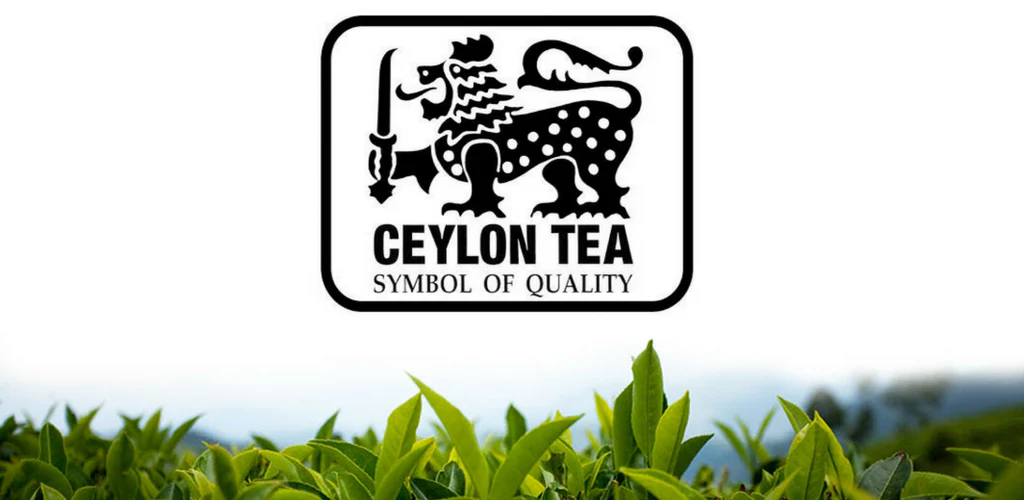Sri Lanka has faced a significant economic crisis over the past few years, exacerbated by the COVID-19 pandemic, a foreign exchange shortage, and fiscal mismanagement. However, recent reforms, support from international institutions like the International Monetary Fund (IMF), and a growing export sector have put the country on the path to Economic Recovery. In this blog post, we’ll explore the key financial strategies driving Sri Lanka’s recovery and the steps being taken to rebuild the economy.
The Role of the IMF in Economic Stability

One of the most pivotal steps toward Sri Lanka’s economic recovery was the agreement with the IMF. The $3 billion Extended Fund Facility (EFF) program, signed in 2023, provided much-needed liquidity and helped stabilize the country’s foreign reserves. This allowed the Central Bank of Sri Lanka to manage the country’s foreign exchange more effectively, reducing inflationary pressures and stabilizing the Sri Lankan rupee.
Fiscal Reforms and Debt Restructuring
The Sri Lankan government has also focused on fiscal reforms to improve its long-term financial stability. With public debt having ballooned to unsustainable levels, debt restructuring became inevitable. The government successfully renegotiated its debt with foreign creditors, extending repayment schedules and securing lower interest rates.
Debt restructuring has been essential for improving investor confidence, ensuring Sri Lanka remains attractive for foreign direct investment (FDI). These efforts, coupled with more stringent public finance management and tax reforms, have allowed Sri Lanka to control budget deficits and reduce the risk of future fiscal instability.
Boosting Export Sector and FDI Inflows

One of the main engines of Sri Lanka’s economic recovery has been its export sector. The Export Development Board (EDB) has set ambitious targets for 2024, aiming to achieve a $16.3 billion export figure. Sectors such as tea, apparel, spices, and IT services have been key contributors. The government has also encouraged innovation in the agriculture and manufacturing sectors, increasing the country’s export potential.
FDI inflows have also shown signs of improvement. The launch of projects such as the Colombo Port City and special economic zones across the country has attracted significant foreign investment. The Port City, in particular, is positioned as a global business hub that will drive FDI into the financial, real estate, and tech sectors.
Financial Sector Reforms
Sri Lanka’s banking and financial sector reforms are another cornerstone of its recovery. The Central Bank has implemented policies to improve liquidity in the banking system and ensure banks are adequately capitalized to support economic growth. Reforms have also focused on increasing access to credit for small and medium-sized enterprises (SMEs), which form the backbone of the country’s economy.
Moreover, digital banking and fintech innovations have made financial services more accessible, encouraging entrepreneurship and business expansion. These developments are key to ensuring long-term economic resilience.
Growth in Key Sectors – Economic Recovery

The tourism industry, one of the largest contributors to Sri Lanka’s GDP before the pandemic, is showing signs of recovery. The free tourist visa policy, launched to attract international visitors, has already started to boost tourist arrivals. Additionally, investments in infrastructure, including road networks and airports, are improving connectivity across the island, making Sri Lanka an attractive destination for both tourism and business.
The agriculture sector, another major contributor to the economy, is also being modernized. Programs aimed at improving productivity, sustainability, and export potential are transforming agriculture into a more robust pillar of the economy.
Challenges to Sustained Recovery
Despite these positive developments, challenges remain. High inflation, while decreasing, continues to erode purchasing power. Energy prices, largely driven by global oil market volatility, also strain household incomes and business operations. Furthermore, while the country’s debt restructuring is a step in the right direction, it remains vulnerable to future global economic shocks.
Sri Lanka’s reliance on imported goods, particularly fuel, makes it susceptible to global price fluctuations. Addressing these vulnerabilities will require continued fiscal discipline, diversification of energy sources, and a shift towards renewable energy.
Conclusion
Sri Lanka’s journey to economic recovery is far from over, but significant progress has been made. With the support of the IMF, careful fiscal management, and the revitalization of key sectors like exports and tourism, the country is on a solid path to regaining economic stability(Economic Recovery). As long as the government continues its current trajectory of reforms, coupled with investments in infrastructure and innovation, Sri Lanka has the potential to emerge as a resilient economy in the region.





